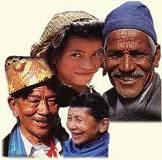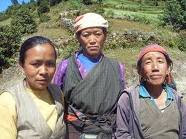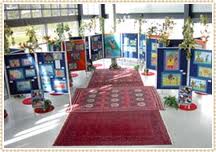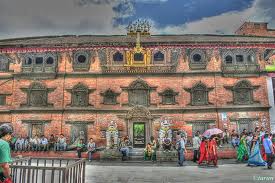 CHEPANG (TSEPANG)
CHEPANG (TSEPANG)18,000 to 27,000 (1991). Inner Terai; Narayani Zone, Makwanpur, Chitwan, South Gorkha, and South Dhading districts. Sino-Tibetan, Tibeto-Burman, Bodic, Eastern Himalayan, Kiranti, Western, Marginal Western. Dialects: EASTERN CHEPANG, WESTERN CHEPANG. The 2 dialects are close; 98% lexical similarity. 5% to 15% literate. Agriculturalists. Traditional religion, Hindu overlay. NT 1993.
CHHINTANG (CHHINTANGE)

100 or fewer (1991 W. Winter). Lower Arun region, Dhankuta District, Chhintang panchayat, Sambhung and Pokhare, and Ankhisalla panchayat, Dandagaon. Sino-Tibetan, Tibeto-Burman, Bodic, Eastern Himalayan, Kiranti, Eastern, Southwestern, Chilling. Speakers are mainly older; the ethnic group has largely shifted to Bantawa or Nepali.












































